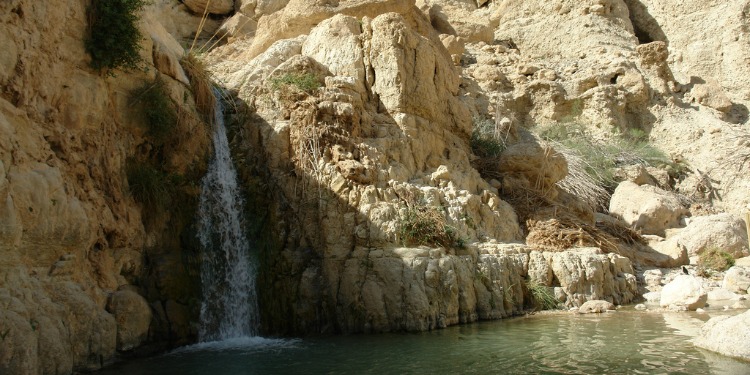The Stories Behind Israel’s National Parks
The Fellowship | February 1, 2019

The Holy Land is never short of wonders to awe and inspire both its residents or the millions of tourists who visit each year. Many of these sights can be found at Israel’s many national parks. Writing at Arutz Sheva, the Israel Nature and Heritage Foundation’s Rivka Orzech tells us some of the stories behind these spectacular sites:
Touring Israel is not just an exercise in leg stretching but also in finding gems along the way; specifically, the historical and natural conservation sites that make one wonder: who picnicked under that tree? Who sheltered in that cave?
Astonishingly, this tiny country boasts 400 nature reserves and protects 2,500 plant species indigenous to the region. For the people who safeguard these treasures, every contour and microclimate are catalysts for the stories behind our most famous National Parks.
Masada is the stuff of legends. The dramatic epic that Masada is most famous for is when Jewish zealots fled the Romans for its high hill. When you see the Roman attack ramp, the most well-preserved in the world, imagine what it was like looking down at the eight Roman encampments building it, knowing that your end was near.
While we don’t know for certain what happened in the end, as we cannot match Josephus’s account with archaeological evidence, there has been an intriguing discovery of eleven pottery shards, each inscribed with a name. It’s believed this is how the fighters picked out who would kill whom, and then the last one killed themselves in a final stand of obstinacy.
Though the story of Masada holds a tragic end, the preserved ritual baths, water cisterns, synagogues and storehouses bear evidence of its residents’ silent stories.
Just a 20-minute drive from unforgettable Masada is the natural oasis, Ein Gedi, the first Judean settlement was during the Iron Age and much later, the town was a source of balsam, an important building material for the Greco-Roman world. A synagogue mosaic cautions the town’s citizens against revealing their secret. We speculate they meant the extraction and preparation of the balsam resin; unfortunately, that warning didn’t help when the Byzantine emperor Justinian destroyed the town.
The Ein Gedi nature reserve covers 3,500 acres of unspoiled country. Nahal David and Nahal Arugot are the two spring-fed streams and the Shulamit and Ein Gedi springs flow elsewhere into the reserve. Specific conditions make it the perfect sanctuary for diverse plants and animals—the Nubian ibex and the shy rock hyrax among them while the magnificent bird population is boosted by over 200 species during the migration periods…
